It’s nearing the end of a very long day. The trail has twisted and turned for almost 20 miles now, plunging through bush, down to creek beds and dragging me back up to open tussocky tops. I stop to catch my breath, throw off the pack and flop, lifeless, at the side of the trail. I pull out the GPS, a rare treat and something I only sanction every hour or two. There it is, a small black square less than 1km from my current flop point. Princhester Hut. I haven’t even clapped eyes on it, and yet and I’m already deeply in love.
Princhester is one of 900 backcountry huts throughout New Zealand. Owned and operated by the department of conservation (DOC), they range from teeny weeny 1 or 2 person bivvys to the biggest (or so I’ve heard) 80 bunk hut in the Coromandel. I’m dedicating a whole wodge of words to these huts because they have been by far the greatest surprise
addition to the journey so far.
Best of all, these huts are a nod to the days of old. They are woven from the very fabric of New Zealand’s history. No hut is without purpose, whether it’s 6 or 60 years old, it was built for a reason. Some were constructed to house forestry workers as far back at the 1930’s, when deer culling was a full time job, supported by the government. Men would live for months at a time in bright orange huts, painted that way so that they were visible in the thick mountain fog. Others, in the Canterbury high country for example, were put in place to assist with the annual sheep muster – a yearly round up of the livestock. And the remainder have been put in more recently for recreational use – either by hunters or local tramping clubs. To understand the reason for a hut’s existence, is to better understand the area you’re travelling through. And I love that.
- Rose Hut: Middle of the Motatapu mountains. Set on a grassy plain looking down the valley. Huge veranda and an icy stream close by.
- A Frame Hut, Rakia River valley: It’s just so cute I want to eat it. And buy one of my very own.
- Hurunui Hut: Nestled just inside the bush-line in Lake Sumner Forest Park. This one delivers a stellar sunrise. There are mice, but they’re relatively well behaved and will entertain you with their circus tricks pre-dinner.
- Martins Hut, Longwood forests: This one took my hut cherry, and so will always have a special place in my heart. It epitomises ‘original features’ i.e everything is original. There are holes in the walls and the door blows open in the night. Creepy.
- Mt Rintoul Hut: It’s a long slog to make it to this one, up at 1,206m. On a clear day you can see the Tasman bay and the bustle of Nelson way in the distance. Beyond the hut, the only way is up and along the Mt Rintoul ridgeline.
- Farting is generally outlawed. If one does escape you should claim it proudly as your own (hunters do this very well) or contain it within your sleeping bag.
- Snoring happens – bring earplugs and deal with it.
- Mice and rats will eat your food – bag it up and hang it from the ceiling.
- Getting up at 5am and rustling bags is inhumane. It’s still dark outside. Why in God’s name are you making your porridge in the dark? Go back to bed and wake up with the sun.
- Hut bedtime is 9pm. This is non negotiable.
- When using the hut loo for a no.2 – take aim and get a clean shot, or pee it down. No one wants to see the dehydrated peas you ate last night clinging to the side of the long drop.
the many variables involved in a human powered journey: general mood, tiredness, weather, what you ate for breakfast… One guy had told me that the Mingha – Deception track was his favourite section of the entire TA trail. Couple that with the knowledge that they use it for the annual Speight’s Coast to Coast race, and I thought I was on to a winner.
Before each crossing I would take a deep breath, clip my safety tracker in a waterproof bag to my sports bra (in case I fell as lost my pack), give myself a bit of self talk and off I went. Some crossings were only calf deep. But as the river widened further down the valley, other’s came up to my chest (although in the deeper water the flow is often calmer and more manageable). Sometimes I’d make it half way across the river, put my leg out into the stream and feel a force on it that was just too strong. So I’d backtrack, and spend 20 minutes travelling upstream again to find a better place. The going was painfully slow, I grew tired of being frightened and got full-on frustrated. And when I get frustrated, I cry. So I cried. And filmed it so you all could see (aren’t I lovely?).
I put the damage at about a 7.0 on the ankle-scale, but the final few hours of the day were a sorry state of affairs. Anyone who’s ever rolled an ankle knows that your body takes it as some kind of permission to repeatedly let it give way. “Oh this is what we do now, weeeee, what fun!” my ankle would sing as it rolled three, four, five… over ten more times. Each time my yelp was reduced to a less audible whimper.
no apparent rhyme or reason. This one was an extra special case. The rain and wind had caused a truckload of trees to come down, which left me crawling on hands and knees under trunks, over branches and sliding down muddy slopes. It was only later that I learned practically no one else doing the trail took this route. In the hold up at Arthur’s pass I’d missed the always crucial cross-chat with South-bounders and the instructions to just go out and take the road.

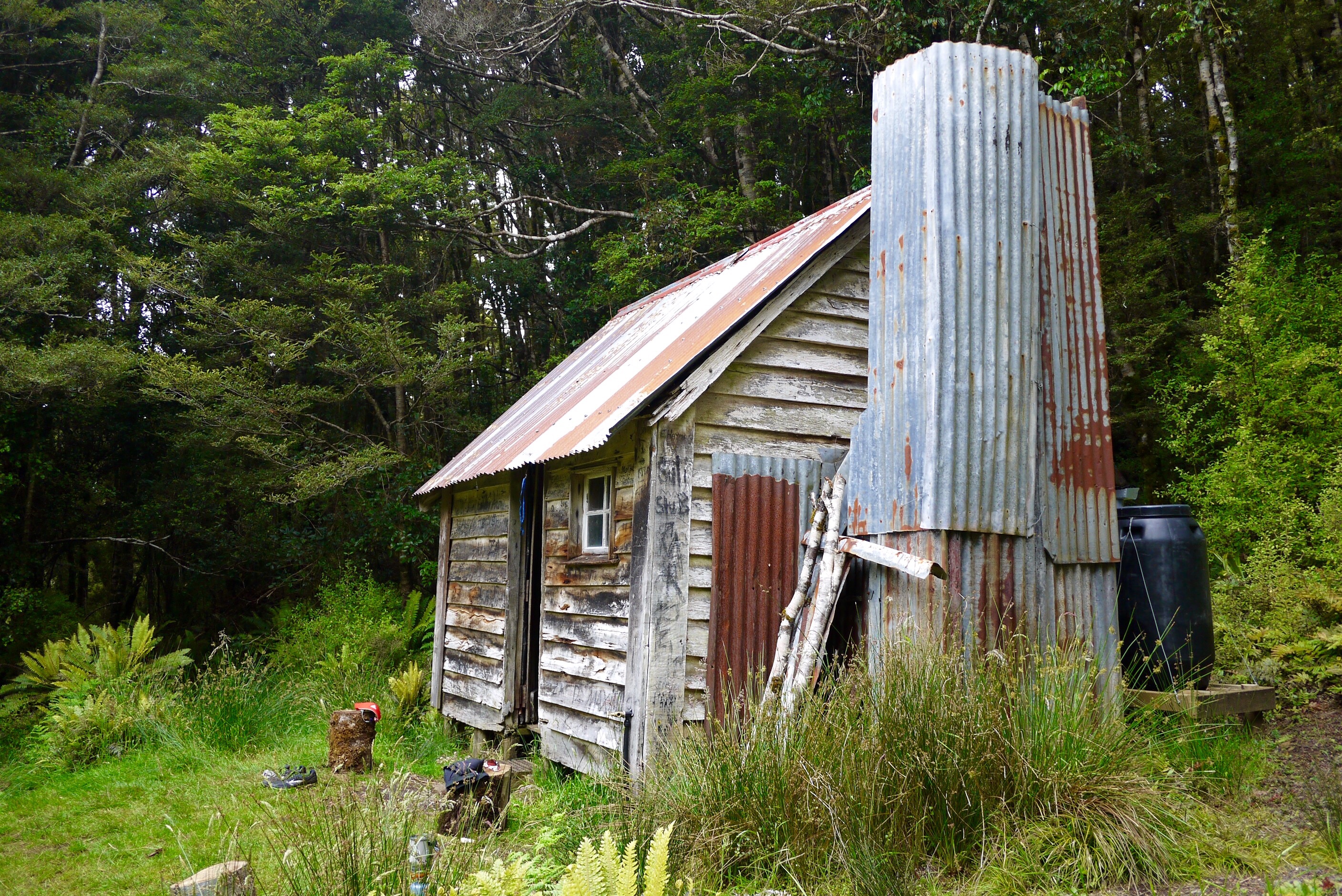
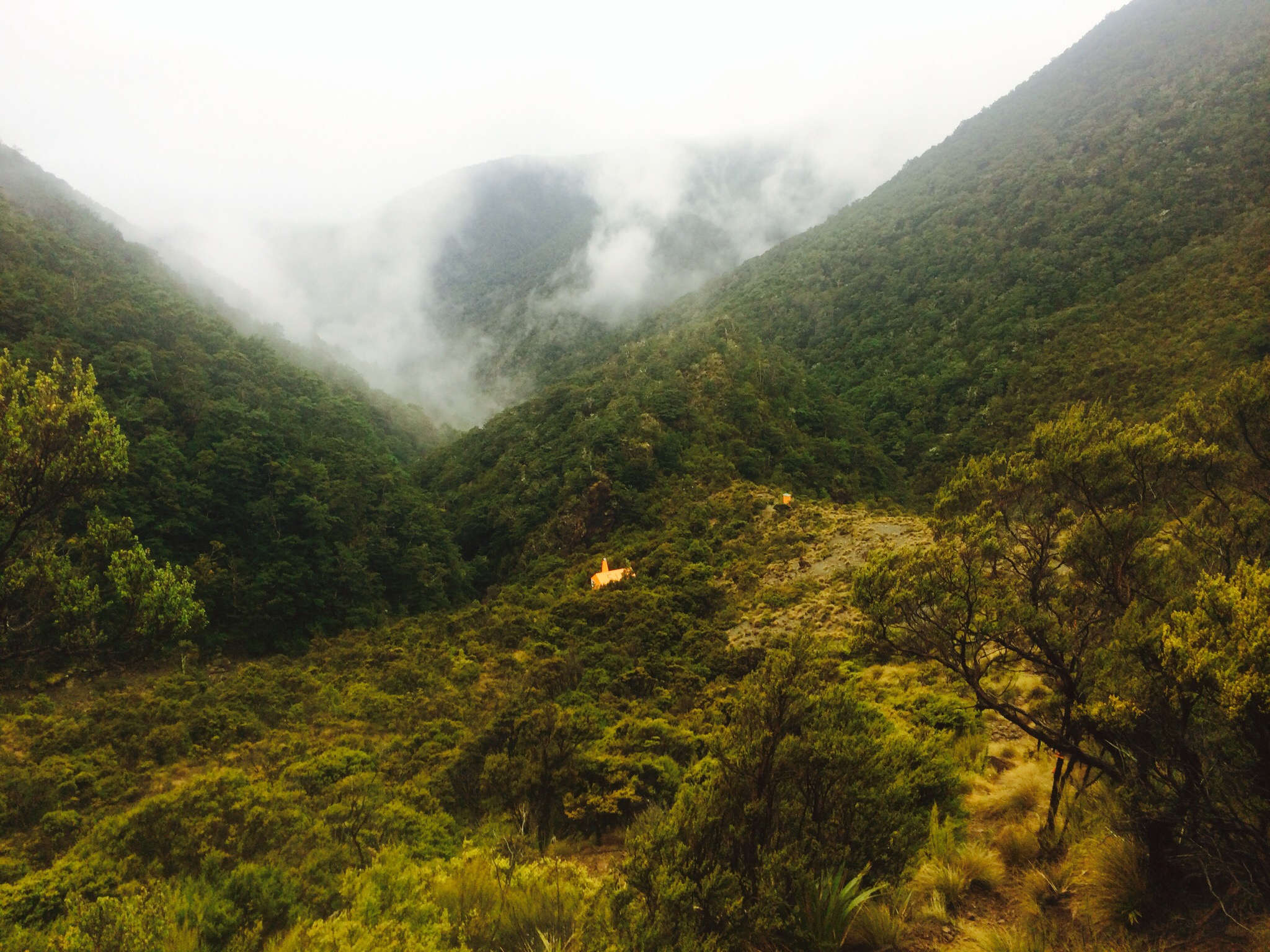



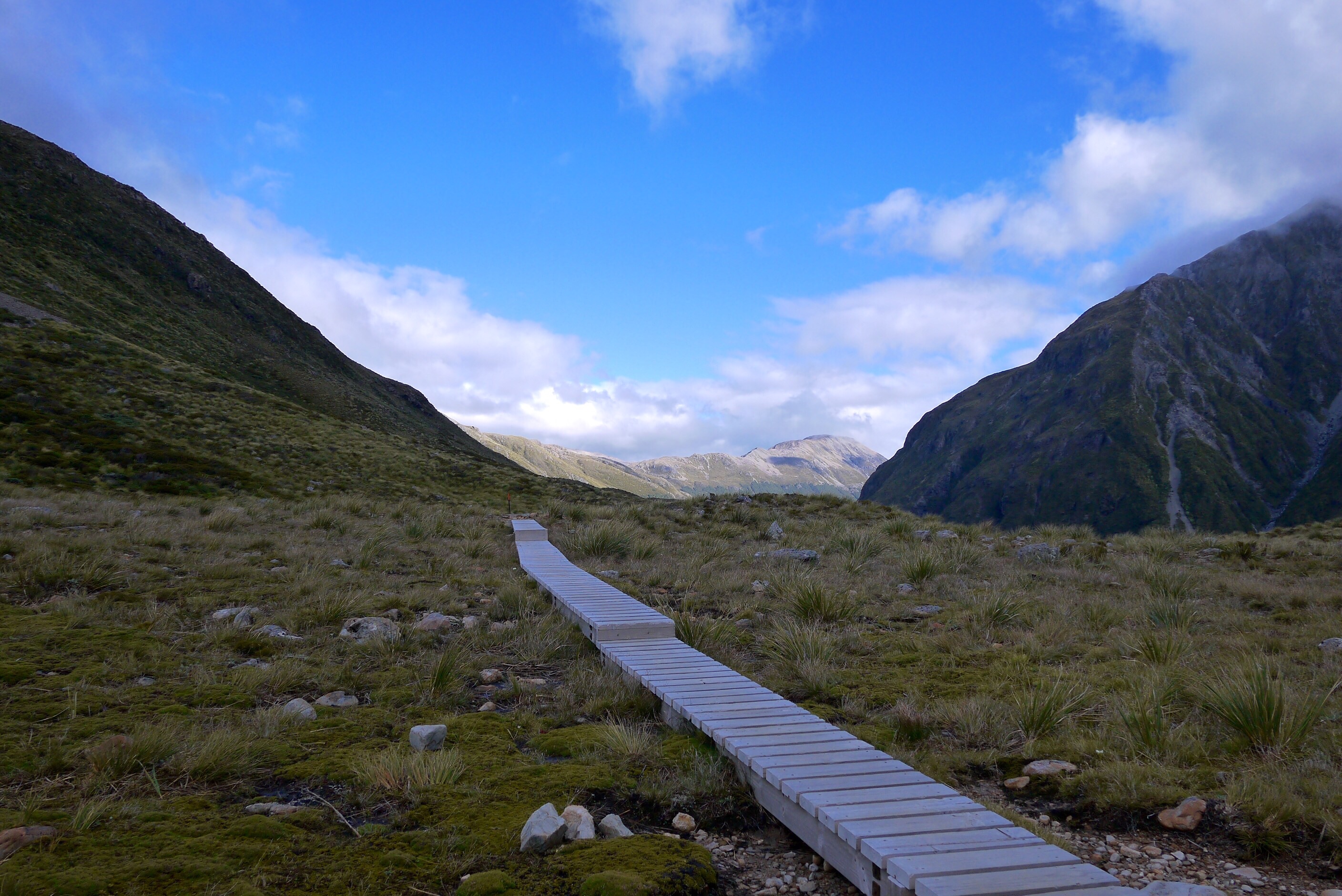
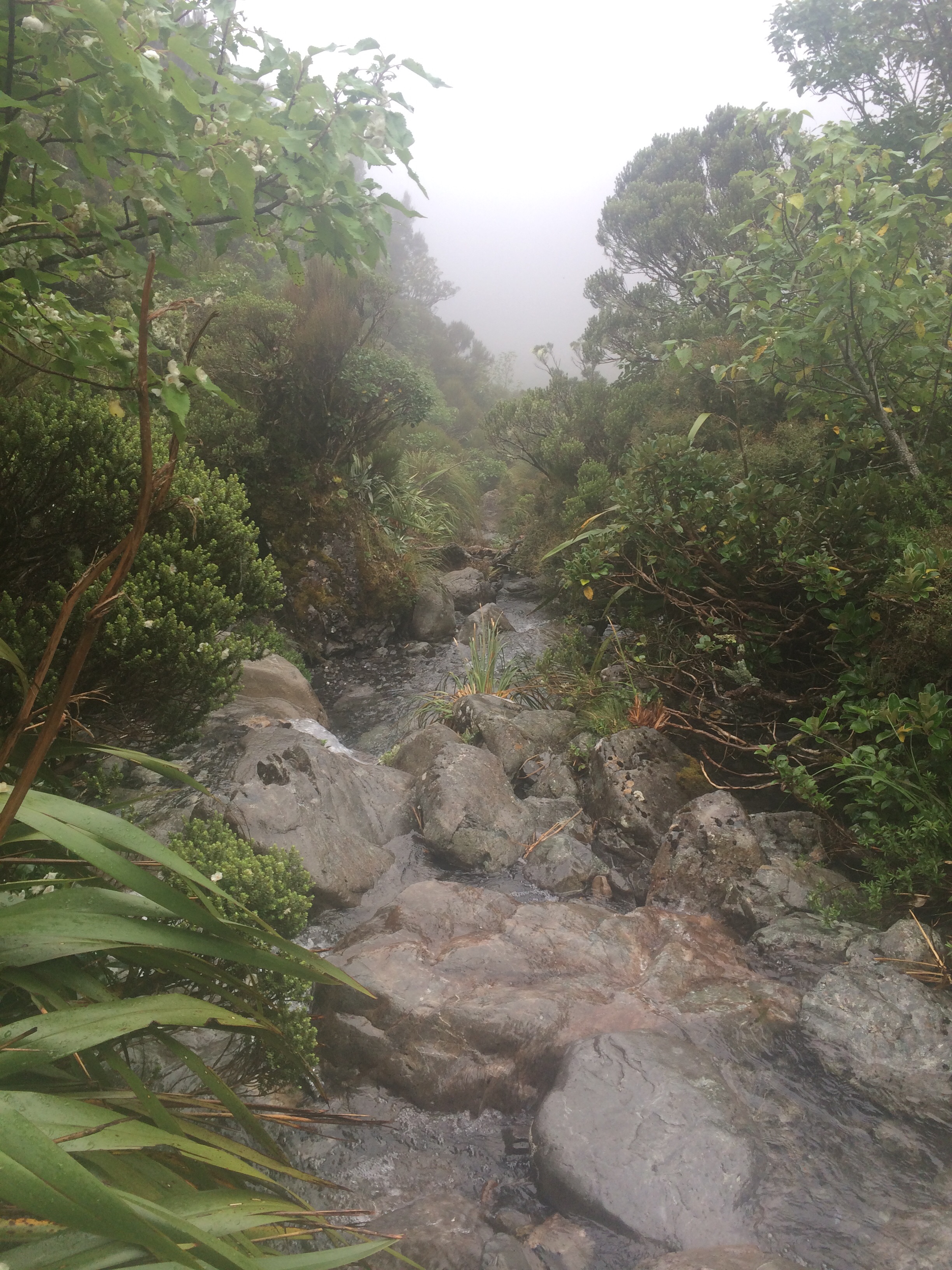

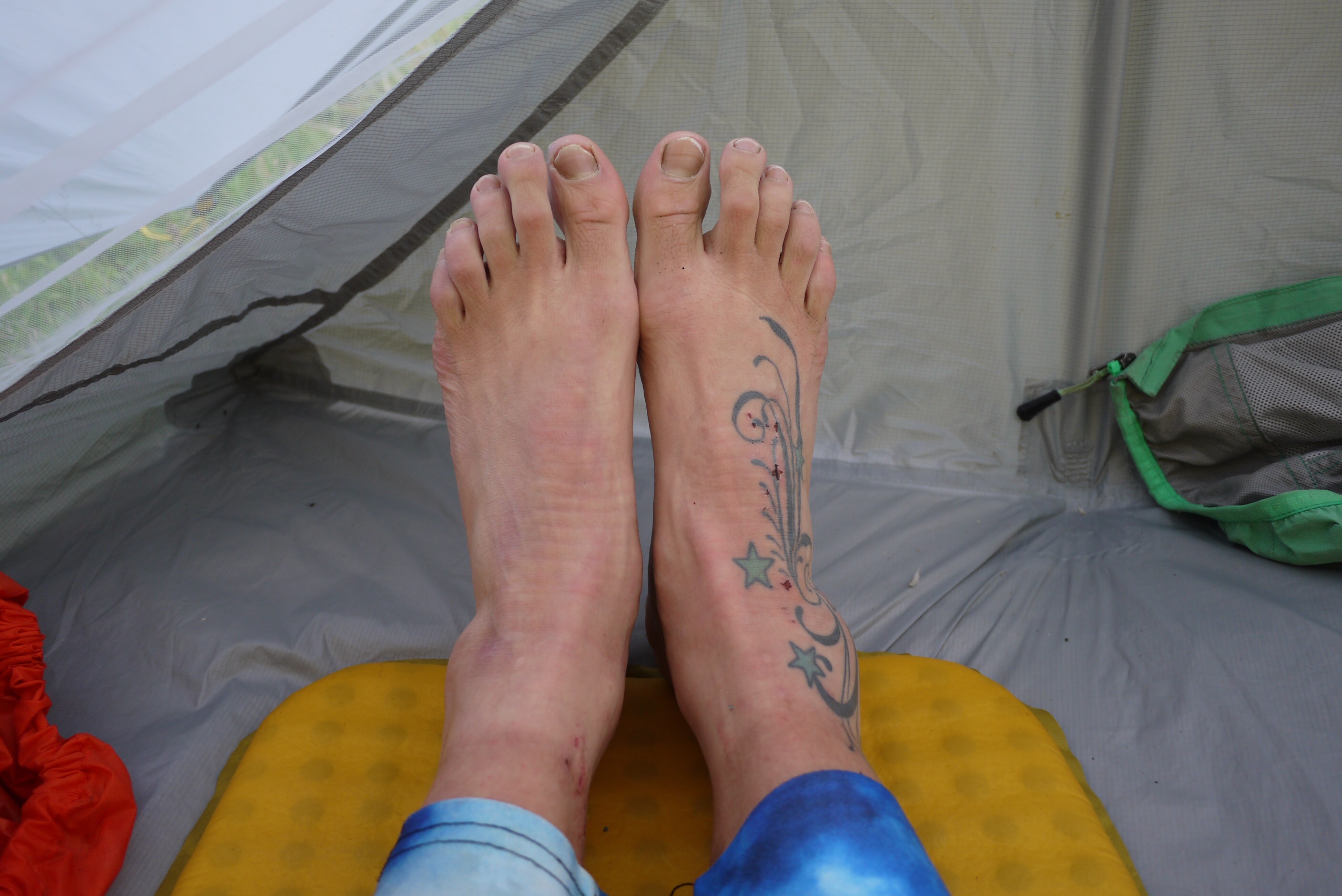


I have stayed in Princhester Hut before, we made damper (bread wrapped around a stick) and cooked it on the open fire then filled it with butter and jam. It gets all burnt on the outside and is delicious!
Oh. My . GOSH! This sounds incredible! I’m thinking about doing a whole book on hut cuisine, it’s a fine art.
Loved this petal……make sure you big up the Edmund Hilary bit that was fascinating …..
From Ian’s iPad
>
Anna – you’re a legend! Congrats on making it to the top of the South.
Ah thanks so much you guys!!! I am loving the North Island so far! It’s a different world, and I miss the South, but I’m refreshed and ready for the next two months… Bring it 🙂 xx
Hey Anna Mina Holder told me about you today…..she is my daughter. I just want to say hope you are going well and having an amazing adventure. When do you plan to finish? Hope you have lovely people to meet you at Bluff…it was just the best day ever when we were there!! Here is a hug from a mum who knows how much you might need one! Go girl…you can do it! Xxx Helen
Hey Anna just read you are going South to North!!! Was too hasty with my previous comment and not read anything about your personal journey have now studied it more….sorry! X
Hi Helen! Oh you can be as hasty as you like when your delivering hugs!! I think it’s great – Mina and I will be able to compare directions when we have a long overdue catch up. Your daughter is an absolute wonder. What an achievement, I loved following the entire journey and she did it with such a smile! It’s raining here in Wellington, but I’m super excited about getting back on the road at the end of the week. Here’s a big hug back for being a Mum who supports a daughters craziness! Xxxxx
I am very excited to be able to follow you now!! I have had withdrawal symptoms since Mina finished! Hug!x